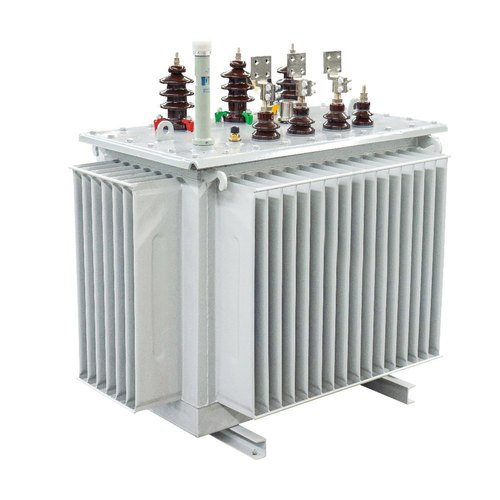Project Report For Transformer Manufacturing
Introduction
Project report for Transformer Manufacturing is as follows.
A transformer is a device that increases or decreases voltage. The output voltage of a step-up transformer is raised, whereas the output voltage of a step-down transformer is dropped. The output current of the step-up transformer will be reduced, while the output current of the step-down transformer will be increased, keeping the input and output power of the system equal.
The transformer is a voltage control device that is commonly utilised in alternating current power distribution and transmission. Michael Faraday initially proposed the concept of a transformer in 1831, and it was picked up by a number of other famous scientists.
Project Report Sample On
Transformer Manufacturing
Get Completely Custom Bankable Project Report
The basic goal of transformers, on the other hand, was to maintain a balance between power produced at extremely high voltages and electricity used at very low voltages.
A transformer is a device that transmits electric energy at a high voltage. The transmission current is an alternating current (AC). It’s widely used to adjust the supply voltage across circuits without changing the frequency of the AC. The transformer is based on electromagnetic induction and mutual induction concepts.

Transformers are used to distribute electricity from low to high voltage and vice versa. Transformers are used in energy and power utilities to generate electricity, which is then sent to different transmission lines using a step-up transformer.
The electricity is delivered to the substations through transmission lines and a step-down transformer. The produced energy is subsequently distributed to the main, secondary, and sub-transmission clients.
Market Potential of Transformer Manufacturing
Expenses

Product Cost Breakup

Reveneue Vs Expenses

Market Trend

Between 2021 and 2027, the Transformer Market is expected to grow at a compound annual growth rate of over 6%. The industrial scenario will be accelerated by large-scale integration of renewable energy sources along with increased electrification plans, notably in developing nations.
Government regulations that encourage the rehabilitation of existing grid infrastructure, as well as rising consumer interest in smart monitoring devices and sustainable electrical networks, will boost the commercial outlook.
Increased regulatory attention to the integration of energy-efficient electrical supply systems, in tandem with the fast deployment of smart grid technologies, will have a favourable impact on industry dynamics.
From 2020 to 2025, the global transformer market is expected to reach $80.1 billion, increasing at a CAGR of 6.7 percent.
Transformers are electrical equipment that transmits electricity with different voltage levels from one circuit to another. Because an increase in current leads to a rise in voltage levels, transformers are intended to deliver the desired voltage level by adjusting or stepping the voltages as needed.
The transformers are intended to be employed in a greater range of applications for a variety of industrial reasons, with bigger market potential. The transformer provides safety and efficiency in power networks by increasing and reducing voltage levels as needed.
The market is divided into Energy and Power Utilities, Power Generation, Power Distribution, and Power Transmission by application.
The market is dominated by energy and power utilities. Transmission and distribution network expansion, as well as smart grid improvements, are some of the drivers fueling this sector’s growth.
